Employment gap letter template
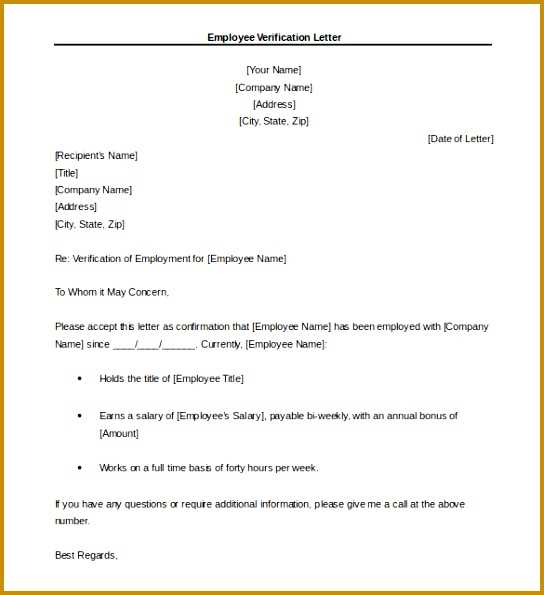
When addressing an employment gap, it’s best to keep your letter clear, concise, and direct. Explain the reason for the gap and how it benefited your personal or professional growth. Focus on any skills or experience you gained during that time, and how they apply to the role you’re seeking now.
Structure of Your Employment Gap Letter
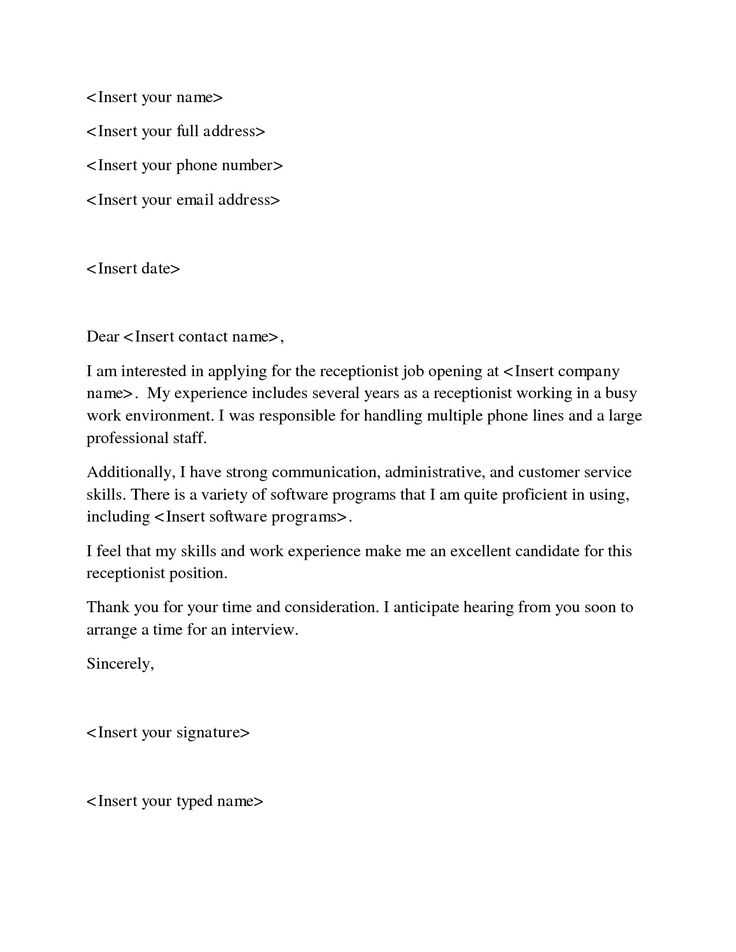
Your letter should include three main sections: the reason for the gap, your experience during the gap, and your readiness to return to work. Each section should flow logically, making it easy for the reader to follow your explanation.
1. State the Reason for the Gap
Be honest about the gap. Whether it was for personal reasons, family matters, health issues, or another reason, transparency builds trust. If possible, keep it brief and avoid oversharing details that aren’t relevant to the job you’re applying for. You don’t need to go into specifics unless the situation directly affects the job you’re seeking.
2. Discuss Your Experience During the Gap
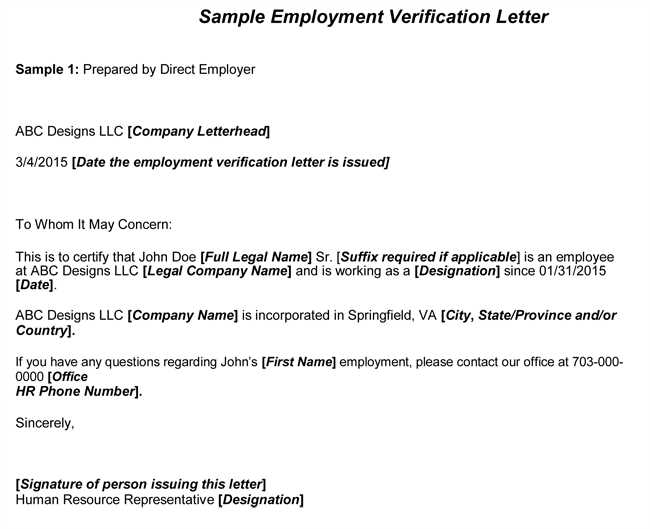
Talk about what you did during the gap that helped you stay active, whether through volunteering, freelancing, further education, or personal projects. Showcase how these activities helped you develop relevant skills or enhance existing ones. The goal is to demonstrate that the gap didn’t hinder your professional growth.
3. Express Your Readiness to Re-enter the Workforce
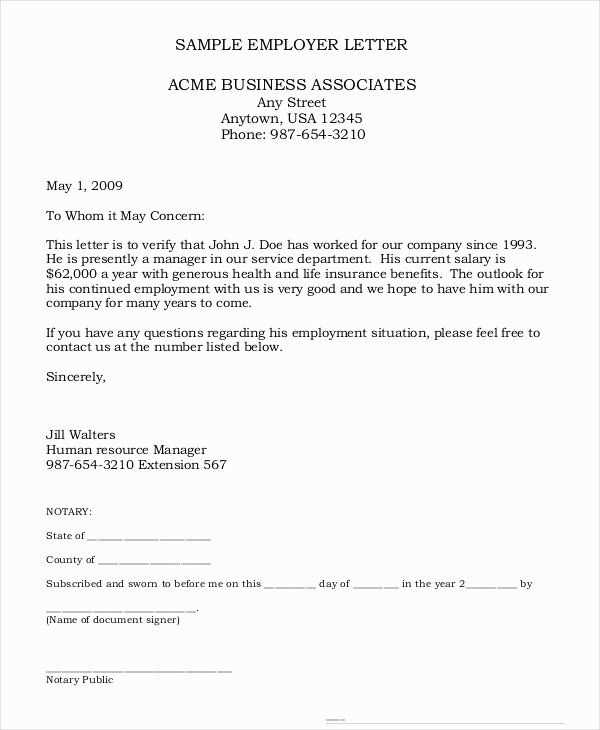
Conclude by emphasizing your enthusiasm for returning to work and your confidence in the skills and experiences you bring. Make it clear that you’re eager to contribute and ready to dive into your next career opportunity.
Employment Gap Letter Example
Here’s a simple template you can follow:
Dear [Hiring Manager's Name],
I hope this message finds you well. I am writing to explain the gap in my employment history, which occurred between [date] and [date]. During this period, I took time to [brief reason for the gap].
While away from the workforce, I focused on [mention relevant activities such as volunteering, freelance work, further education, etc.]. These experiences not only allowed me to [list any skills or knowledge gained], but also deepened my commitment to pursuing a career in [industry or field].
I am eager to return to work and bring the skills and insights I’ve gained during this time. I am confident in my ability to contribute effectively to your team and am excited about the opportunity to collaborate with a company like [Company Name].
Thank you for considering my application. I look forward to the possibility of discussing how I can contribute to your team.
Sincerely,
[Your Name]
By following this approach, you can clearly address any concerns about an employment gap while highlighting your proactive attitude and commitment to your career. Keep it professional, and always tailor your letter to fit the specific role and company you’re applying to.
How to Address Employment Gaps in Your Letter
Key Information to Include
Common Mistakes to Avoid When Writing
How to Customize the Letter for Different Applications
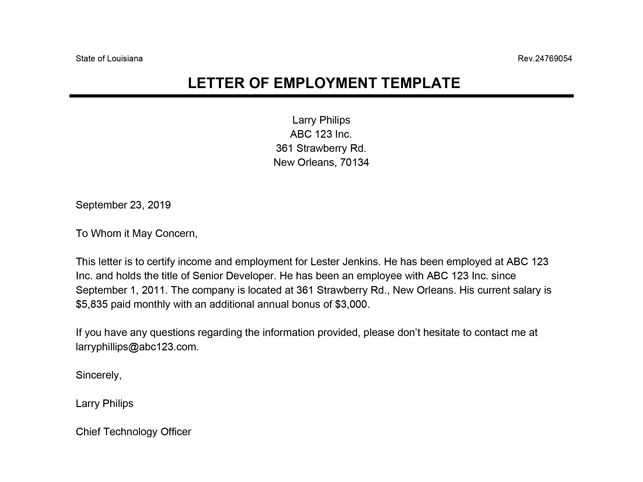
When addressing an employment gap in your letter, focus on clarity and transparency. Briefly explain the gap while maintaining a professional tone. State the reason for the absence and highlight any relevant activities or skills developed during that period. Avoid going into excessive personal detail–keep it concise and positive.
Key Information to Include
In your letter, briefly mention the time frame of the employment gap and any steps taken to stay active professionally. This could include freelance work, volunteer projects, continuing education, or personal development activities. Be sure to emphasize how these experiences contribute to your readiness for the role you’re applying for.
Common Mistakes to Avoid When Writing
Avoid making the employment gap sound like a negative or unexplained absence. Don’t apologize excessively or appear defensive; instead, focus on what you’ve learned or accomplished. Also, steer clear of giving too much personal information that might detract from your qualifications for the job.
Tailor your letter for each application. Align the gap explanation with the job description, focusing on how your experience during the gap is relevant to the position. Keep your tone professional and confident, showing how the gap has helped you grow as a candidate.